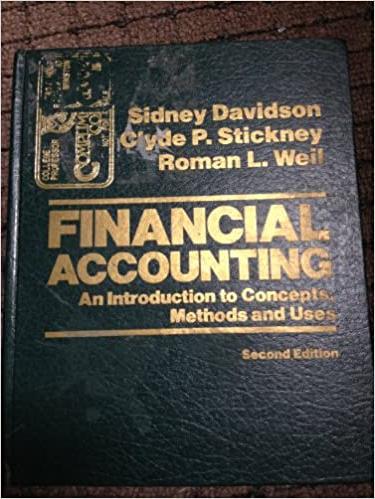In the 1960s, Chrysler switched its inventory cost-flow assumption from FIFO to LIFO. It was the only
Question:
In the 1960s, Chrysler switched its inventory cost-flow assumption from FIFO to LIFO. It was the only one of the big-three auto makers to do so at that time. By 1970, Chrysler's inventories had grown and prices of its acquisitions for inventory had increased so much that it had saved over \(\$ 50\) million in income taxes by using LIFO. Then, in the 1970s, Chrysler switched from LIFO back to FIFO. To comply with government tax regulations on inventory accounting, Chrysler paid to the government all of the taxes that it had saved from using LIFO over the entire time it had used LIFO. Chrysler paid the federal government over \(\$ 50\) million for the privilege of switching from LIFO back to FIFO.
Investigation of why Chrysler would send the government \(\$ 50\) million for the privilege of switching back to FIFO suggests that Chrysler was in danger of violating a covenant in some of its bond indentures with respect to the debt-equity ratio. If the debt-equity ratio rose above a critical value, certain bonds would become due immediately that otherwise would not mature for a decade or more.
Under what conditions would a company not want its old bonds suddenly to come due for immediate payment? Explain. Under what conditions would switching from LIFO to FIFO and incurring an immediate \(\$ 50\) million liability improve Chrysler's position? Explain. What is the purpose of bond indentures such as the one Chrysler had agreed to? Were the bondholders made better off by Chrysler's actions? Discuss.
Step by Step Answer:

Financial Accounting An Introduction To Concepts Methods And Uses
ISBN: 9780030452963
2nd Edition
Authors: Sidney Davidson, Roman L. Weil, Clyde P. Stickney





